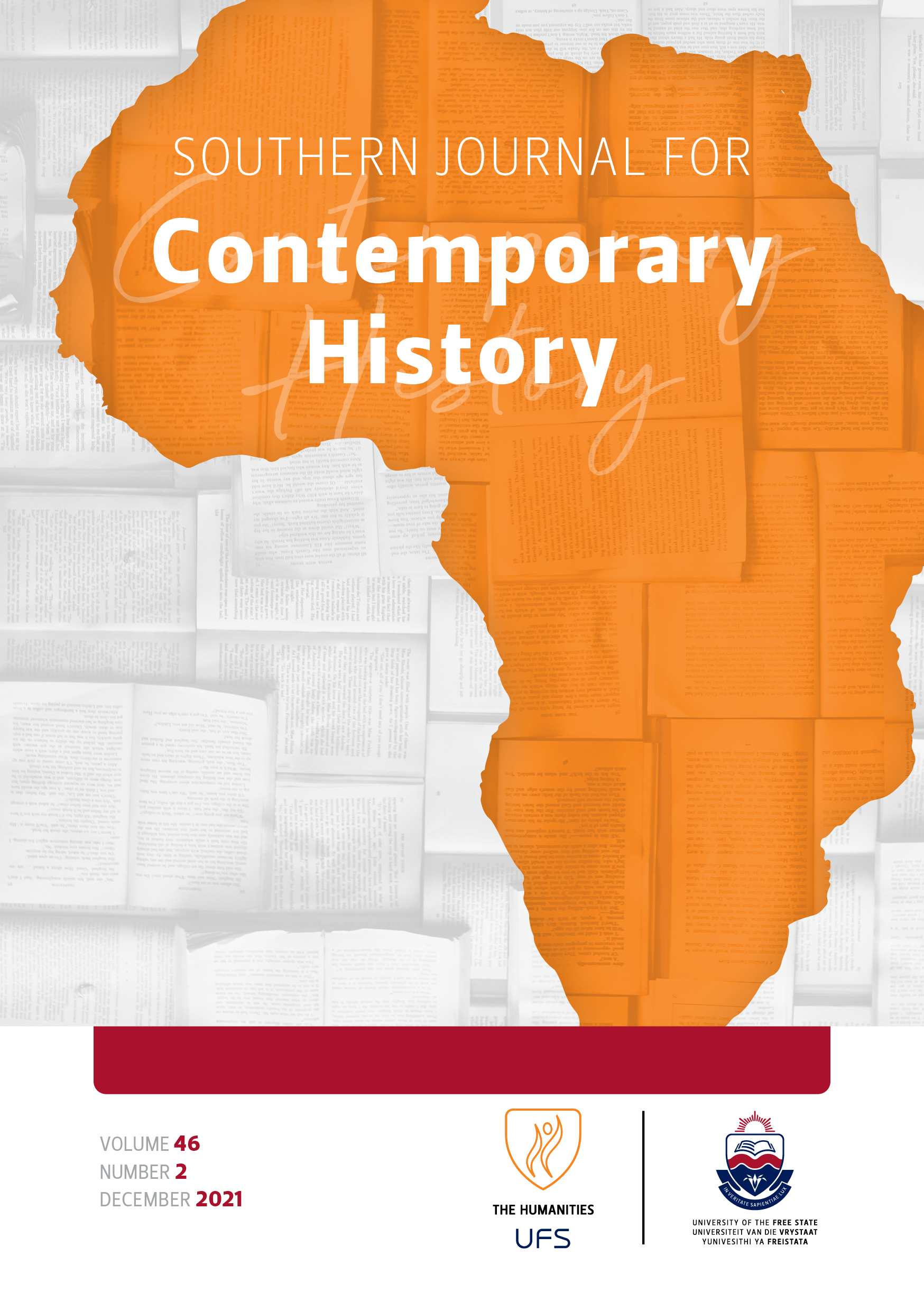From one-party democracy to multiparty liberal democracy in Zambia since 1990: Reality or illusion?
DOI:
https://doi.org/10.38140/sjch.v46i2.5118Keywords:
Autocracy, Democracy, Ethnicity, Multi-partyism, Tripartite elections, ZambiaAbstract
From the late 1980s, culminating in 1990, Zambia experienced a sustained call to end the one-party political system. This wave of a fresh wind of change resulted from the fall of the Berlin Wall in 1989, which aroused the Democratic Wind of change, first in Eastern Europe and later in Africa in the early 1990s. It is also important to note that this was more powerful and contagious than perhaps the wind of change in the 1960s, which saw the end of colonial rule in Africa. Almost all in Zambia embraced it. In 1990, President Kenneth David Kaunda, whose United National Independence Party (UNIP) ruled Zambia for over 27 years, amended the constitution to facilitate the registration of opposition political parties.
The re-introduction of multiparty democracy in 1990 after 18 years of one-party rule was heralded as a milestone in the political history of Zambia. Thus, several political parties participated when the first multiparty elections were held in October 1991. The newly created Movement for Multiparty Democracy (MMD) won the elections. The founders were men and women from different backgrounds whose only shared vision was to remove the UNIP regime from power and introduce liberal democracy in the country. Consequently, the MMD began to crack and splinter political parties emerged from it.
This paper examines the failure of democratic consolidation and why the democratisation process was still weak 30 years since the reintroduction of liberal democracy. The paper attempts to answer the following question: What lessons were missed in the historical institutionalisation that underpinned other democratising nations that succeeded. The seventh tripartite elections were held on 12th August 2021, marking 30 years of liberal democracy. Yet, liberal democracy appears weaker than ever before: What is the root cause of this situation?
Downloads
##submission.downloads##
Published
How to Cite
Issue
Section
License
Copyright (c) 2021 Bizeck Jube Phiri

This work is licensed under a Creative Commons Attribution 4.0 International License.




